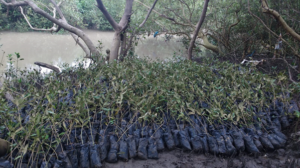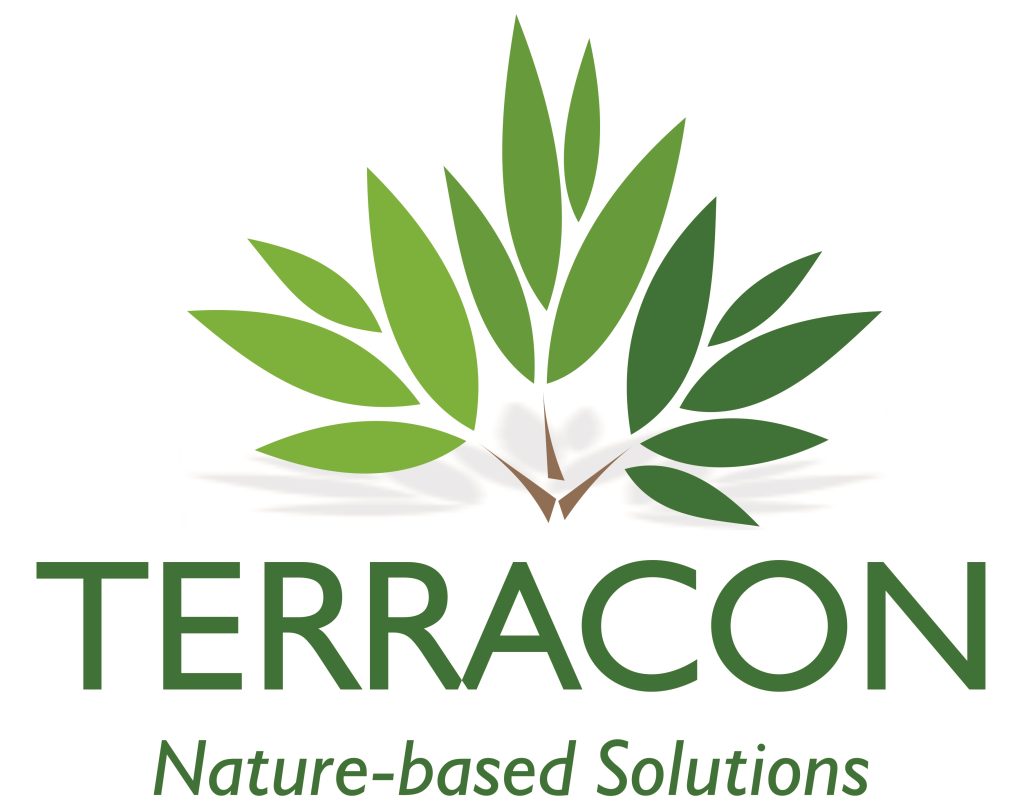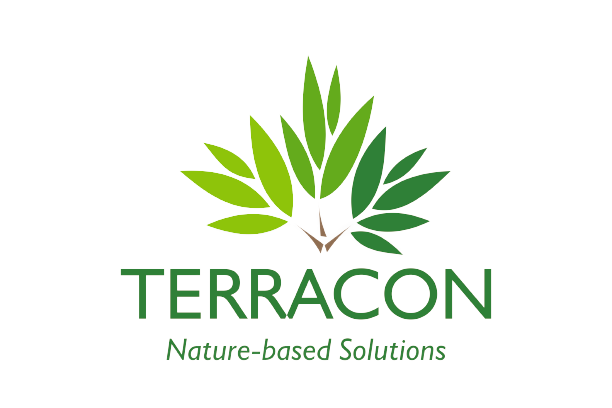Have Any Questions ?
Restoration of Degraded Mangrove Ecosystem in Mira-Bhayandar, Maharashtra
A 15-Month Project of restoring the mangrove ecosystem by Terracon Ecotech at Mira-Bhayandar.

Service Provided
Coastal Ecosystem Restoration
Mangrove plantation
Service Provided
Municipal Corporation
Introduction
Embarking on a 15-month journey with the Mira-Bhayandar Municipal Corporation, Terracon Ecotech spearheaded the restoration of degraded mangrove ecosystems in the vibrant city of Mira-Bhayandar, Maharashtra. The loss of these vital coastal habitats, primarily due to human encroachment, prompted a strategic intervention to rehabilitate and revive the diminishing mangrove areas.
Project Description
Nestled between a creek and a forest, Mira Bhayandar is a biodiversity hotspot. Over 200 bird species, diverse reptiles, and mammals, including occasional Leopard sightings, create a unique ecosystem. The Mangrove-rich creek supports vibrant bird life and sustains local livelihoods through crab and fish harvesting. On the forest side, rare species like Indian Rock Python thrive, while urban spaces host a variety of birds, creating a harmonious blend of nature and urban life in this vibrant city.
However, Habitat destruction due to human encroachment has been the primary cause of mangrove loss. Diversion of freshwater for irrigation and land reclamation has destroyed extensive mangrove forests. In the past several decades, numerous mangrove tracts have been converted for aquaculture, fundamentally altering the nature of the habitat. Measurements reveal alarming levels of mangrove destruction. Heavy historical exploitation of mangroves has left many remaining habitats severely damaged. Hence, it is essential to identify the need of these habitats and take suitable efforts urgently before this natural heritage is inadvertently lost to the city forever. To secure the natural heritage of it Terracon Ecotech took the initiative to restore the degraded mangroves.
The project unfolded across 80 square kilometers in Mira-Bhayandar, aiming to counter the significant loss of mangroves resulting from habitat destruction and human activities. Through meticulous mapping, identification of degraded patches, and strategic land preparation, Terracon Ecotech initiated a comprehensive restoration effort.
A dedicated nursery, coupled with geo-tagging for maintenance, supported the plantation of mangrove species, reinforcing the commitment to the preservation of these critical coastal ecosystems. Geotagging is the process of adding a geographical identification to saplings. Geotagging helps in tracking the growth of the plants through websites and apps. It also helps in assessing whether the plants are protected or not.
The project’s ultimate goal was to ensure the survival and thriving of mangrove ecosystems. Terracon Ecotech’s strategies aimed at addressing not only the existing degradation but also fostering conditions conducive to the sustained health and growth of these vital coastal ecosystems.
Terracon Ecotech’s endeavor seeks not only to restore the physical presence of mangroves but also to contribute to the overall ecological balance and resilience of Mira Bhayandar’s coastal environment.

Methodology
The methodology employed in this study involved a thorough examination of existing literature, citing numerous case studies that highlight the role of mangroves in safeguarding human lives and properties during cyclones, hurricanes, tsunamis, and floods.
Our team employed extensive expertise in ecological restoration, focusing on the rejuvenation of degraded areas. The approach encompassed a holistic understanding of the mangrove ecosystem, emphasizing vegetation restoration and continuous monitoring.
A thorough assessment was conducted to gauge the recovery process and develop effective rehabilitation strategies. Terracon’s commitment to understanding the unique challenges of each area guided the formulation of tailored strategies for mangrove habitat restoration.
The analysis of soil and creek water samples further contributes to the ecological understanding of the mangrove ecosystem, providing data crucial for informed conservation practices
Outcome
The outcome of the study reveals a comprehensive understanding of the mangrove ecosystem in Mira Bhayandar. Through meticulous mapping, the net area under mangrove cover was determined to be 20.7 km², providing valuable insights into the extent of this critical coastal ecosystem. The survey identified and documented 10 distinct mangrove species, contributing to the knowledge base of the local biodiversity. The survey also identified degrade patches of mangroves that had to be restored. 85000 mangrove sapling were planted and maintained for two years that has resulted in increase of over 2% area under mangrove ecosystem in MBMC.
Terracon Ecotech Pvt. Ltd. © 2024 All Rights Reserved | Privacy Policy | Disclaimer | Copyright | Maintained By VisioSoft Solutions



